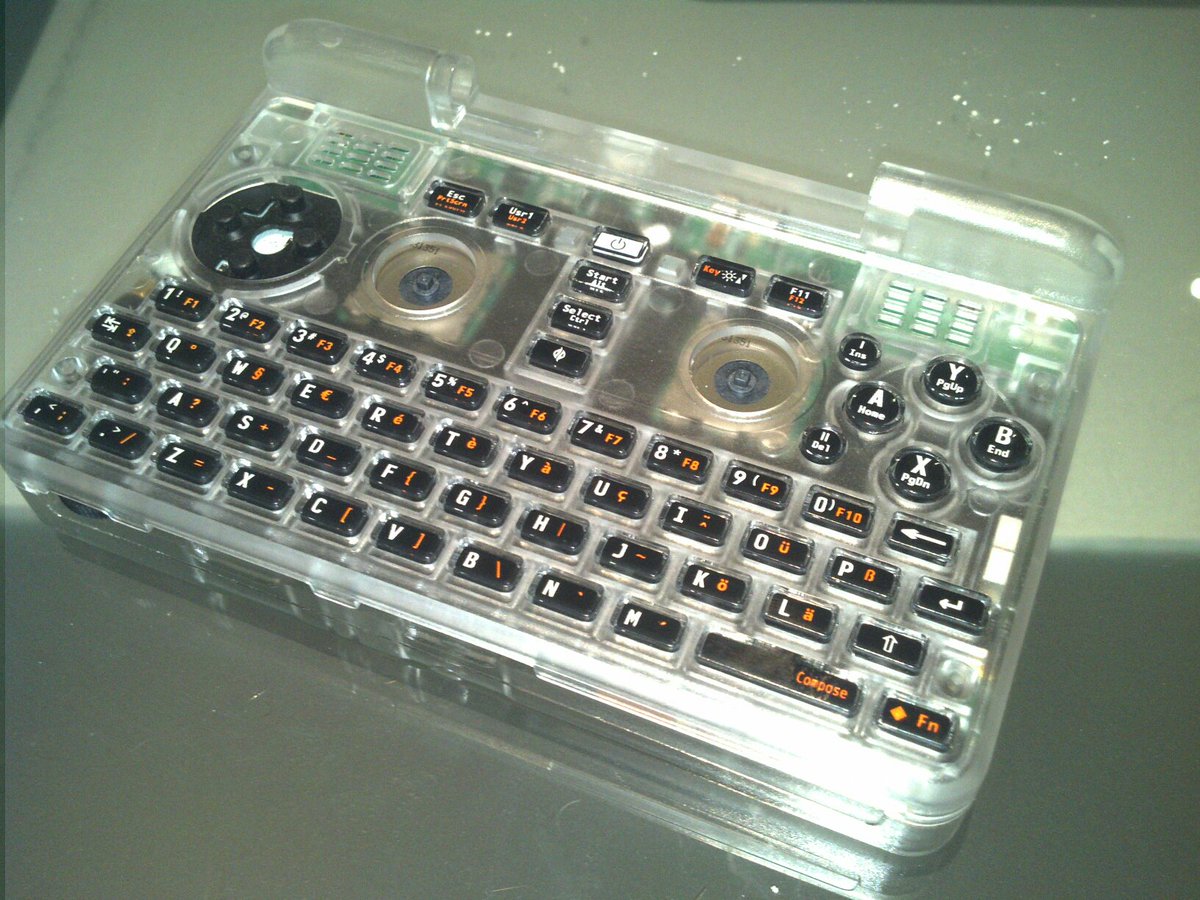mgdesigner
Still Fresh
- Joined
- Mar 30, 2016
- Messages
- 8
- Age
- 48
Hi everyone, I am from Taiwan in Asia. I am a musician and also a programmer. I followed Pyra almost 2 weeks ago and studied . Now first time post here. I feel Pyra is an awesome "Palmtop" . 
I have a question about Debian (I am a Ubuntu Mate user): About i18n, are the whole i18n packages of Debian ported ? I mean Chinese ,Japanese,Korean input methods, fonts, etc.
I want to make sure this. then I can promote to my friends of open source community in Taiwan,Japan,HK.
I have a question about Debian (I am a Ubuntu Mate user): About i18n, are the whole i18n packages of Debian ported ? I mean Chinese ,Japanese,Korean input methods, fonts, etc.
I want to make sure this. then I can promote to my friends of open source community in Taiwan,Japan,HK.
Last edited:




